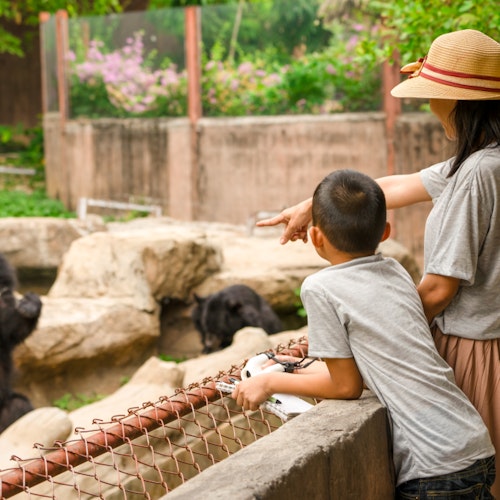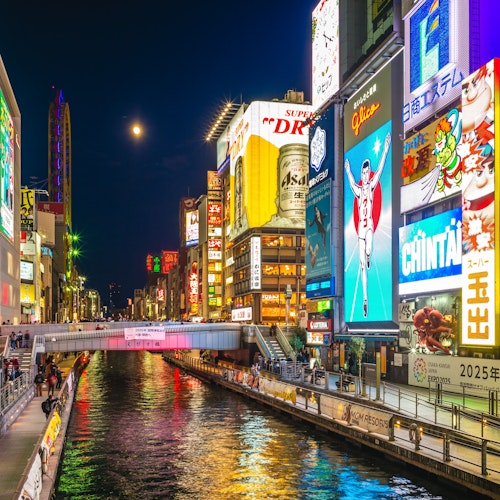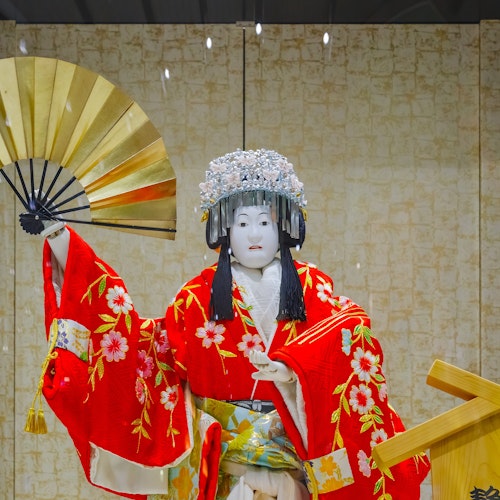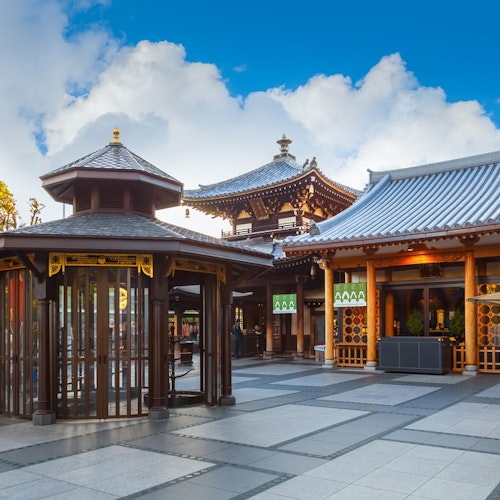
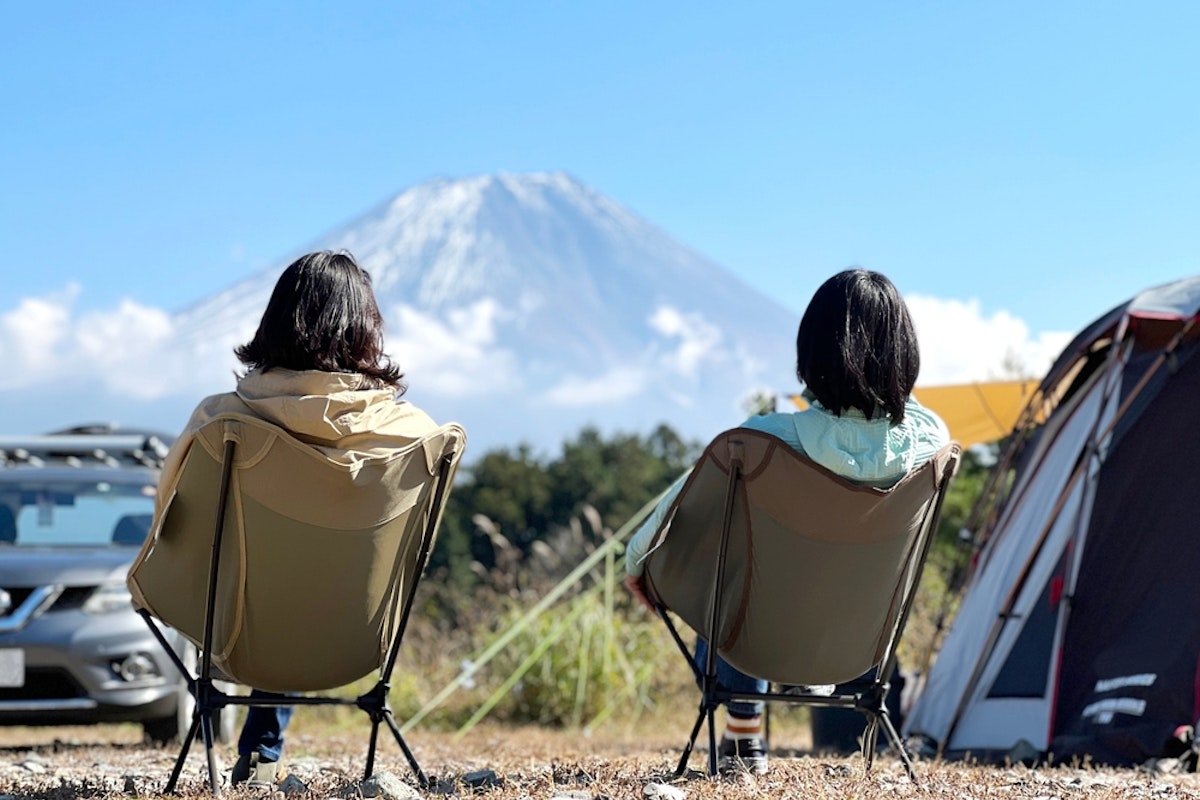
Japan offers some of the world's most spectacular camping experiences, from alpine meadows in the Japanese Alps to coastal sites overlooking the Pacific Ocean. However, camping in Japan requires understanding unique cultural practices, regulations, and gear considerations that differ significantly from Western camping traditions.
Unlike many Western countries, wild camping (nojuku) is heavily restricted throughout Japan. The country's dense population and respect for private property means that camping outside designated areas is generally prohibited and can result in fines or police intervention.
Most of Japan's land is either privately owned, designated as national parks with strict regulations, or urban areas where camping is explicitly forbidden.
All legitimate camping in Japan must occur at designated campgrounds (kyampu-jo) or auto-camping sites. These facilities range from basic municipal campgrounds to luxury glamping resorts.
Many popular camping areas, especially in national parks like Mount Fuji or the Japanese Alps, require advance reservations that can fill up months ahead during peak seasons like Golden Week and summer holidays.
Japanese camping regulations place enormous emphasis on fire prevention due to the country's history of devastating forest fires. Open fires are prohibited at most campgrounds, and where they are allowed, specific fire pits and designated hours must be observed. Many sites provide rental equipment for cooking rather than allowing personal camp stoves in certain areas.
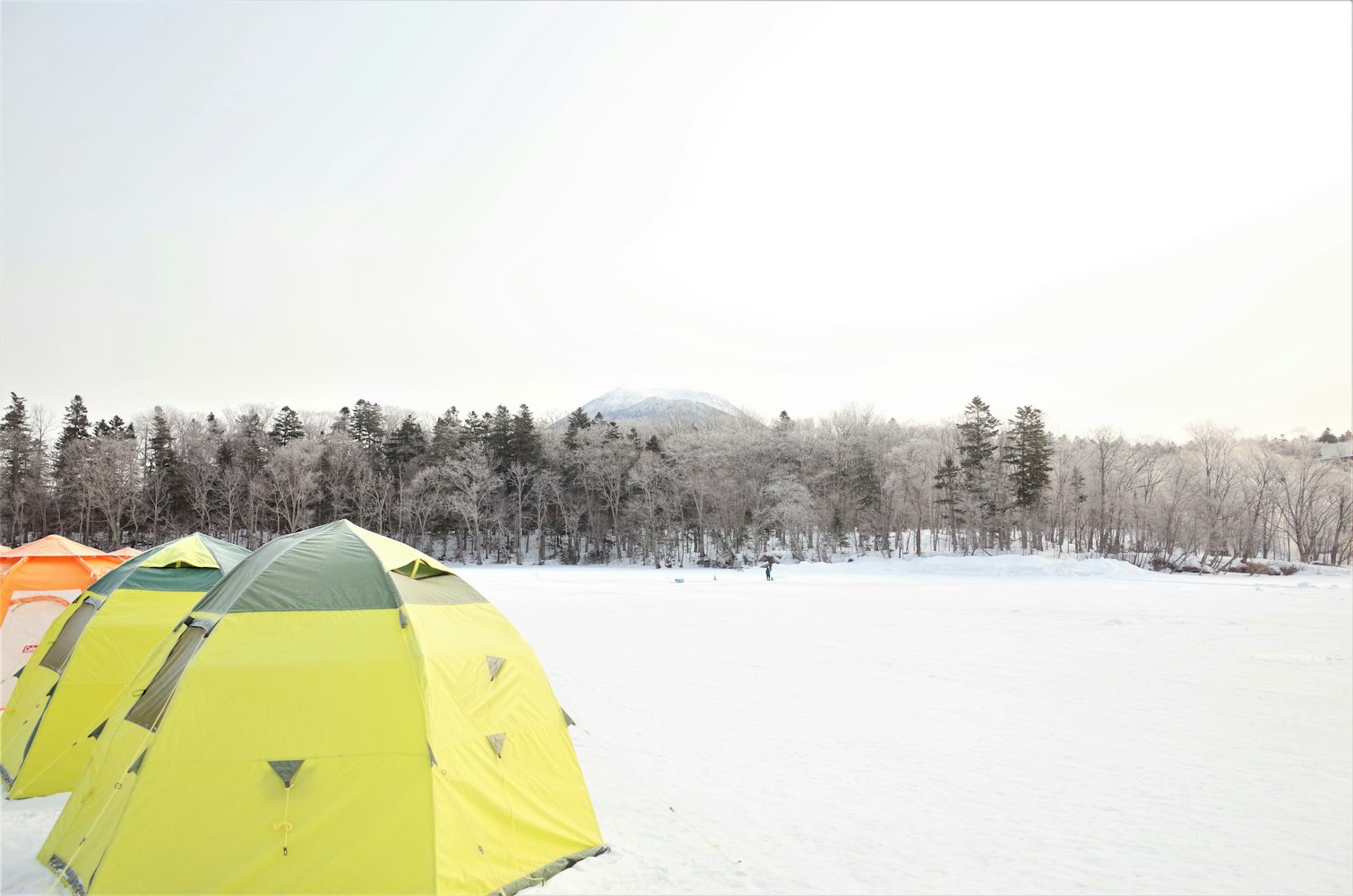
Japan's climate presents unique challenges that require specific gear considerations. The country experiences intense humidity during summer months, sudden temperature drops in mountainous regions, and frequent rainfall throughout the year, particularly during the rainy season (tsuyu) from June to July.
Your tent selection should prioritize excellent ventilation and waterproofing. Double-wall tents with full rainflies perform best in Japan's humid conditions, preventing dangerous condensation buildup that can soak sleeping bags and clothing. Footprint tarps are essential as many Japanese campgrounds have hard-packed earth or gravel surfaces rather than soft soil.
Layering systems become crucial for Japan's rapidly changing weather conditions. Moisture-wicking base layers help manage the extreme humidity, while packable down jackets handle sudden mountain temperature drops.
Rain gear isn't optional in Japan – it's essential survival equipment that should be packed for every camping trip regardless of weather forecasts.
Japanese camping culture emphasizes compact, efficient cooking systems. Lightweight canister stoves work well with the widely available fuel cartridges sold at convenience stores and outdoor retailers throughout Japan. However, many campgrounds restrict or prohibit personal cooking equipment, instead offering shared cooking facilities or requiring the use of their rental equipment.
Food storage requires special attention due to Japan's wildlife, particularly in areas with wild boar (inoshishi) and occasionally bears. Hard-sided containers or bear canisters are recommended for any food storage, and many campgrounds provide locked food storage facilities.
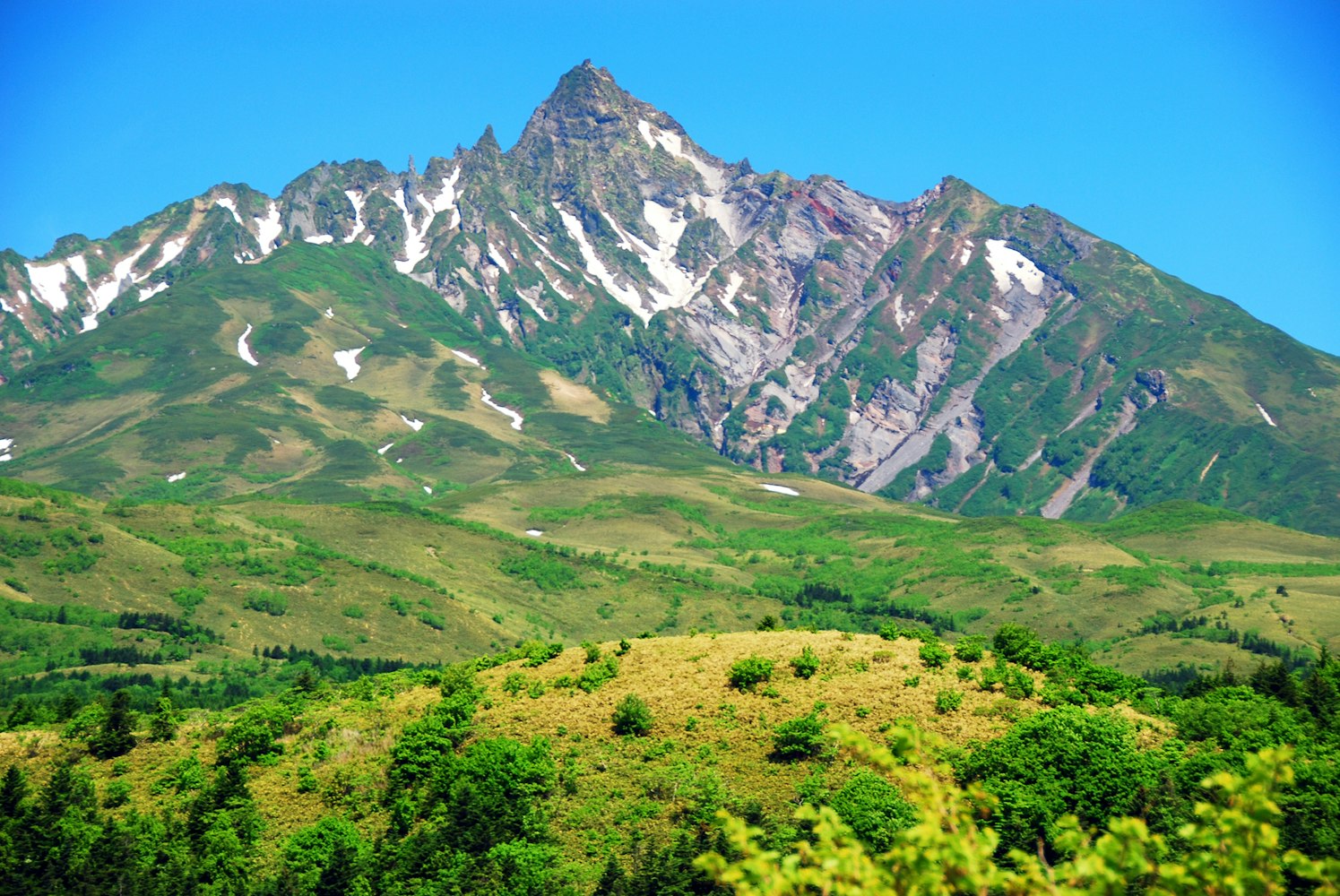
Hokkaido represents Japan's premier camping destination, offering the country's most relaxed camping regulations and spectacular wilderness experiences. The island's lower population density means more opportunities for remote camping experiences, though always within designated areas.
Daisetsuzan National Park provides alpine camping with dramatic mountain scenery and excellent hiking opportunities. Lake Shikotsu and Lake Toya offer lakeside camping with hot spring access, combining outdoor adventure with traditional Japanese bathing culture. The camping season in Hokkaido runs from late May through early October, with peak conditions during July and August.

Central Honshu offers Japan's most diverse camping opportunities, from the towering peaks of the Japanese Alps to Pacific coastlines. The Fuji Five Lakes region provides iconic Mount Fuji views with well-developed camping infrastructure, though reservations are essential during climbing season.
The Japanese Alps, including areas around Kamikochi and Hakuba, offer high-altitude camping with alpine scenery rivaling European destinations. These mountainous regions require proper mountain camping gear and experience, as weather conditions can change rapidly and temperatures drop significantly at elevation.
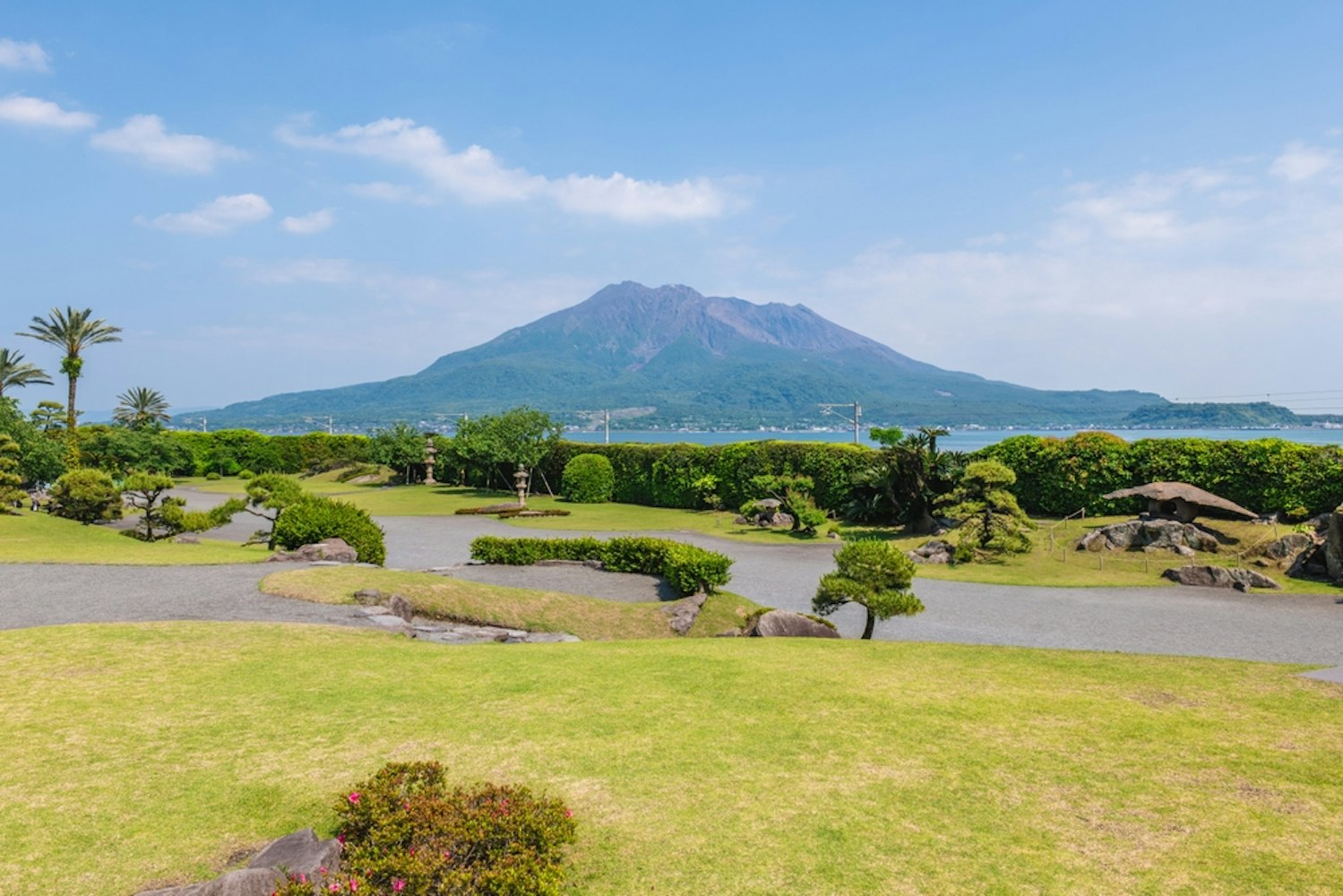
Kyushu and Okinawa provide year-round camping opportunities with warmer climates and unique cultural experiences. Aso-Kuju National Park on Kyushu offers volcanic landscape camping with natural hot springs nearby. The active volcanic nature of the region creates unique camping environments but requires awareness of volcanic activity warnings.
Okinawa's tropical climate enables beach camping and water-based activities, though typhoon seasons from May through November require flexible planning and weather monitoring.
Japanese camping culture emphasizes group harmony and consideration for other campers. Quiet hours are strictly observed, typically beginning at 9 PM and lasting until 6 AM. Loud conversations, music, and late-night activities are considered extremely disrespectful and may result in requests to leave the campground.
This cultural emphasis on consideration extends to campsite setup and maintenance. Japanese campers typically maintain immaculate campsites and often clean areas beyond their own space. Following these practices helps international visitors integrate respectfully into local camping culture.
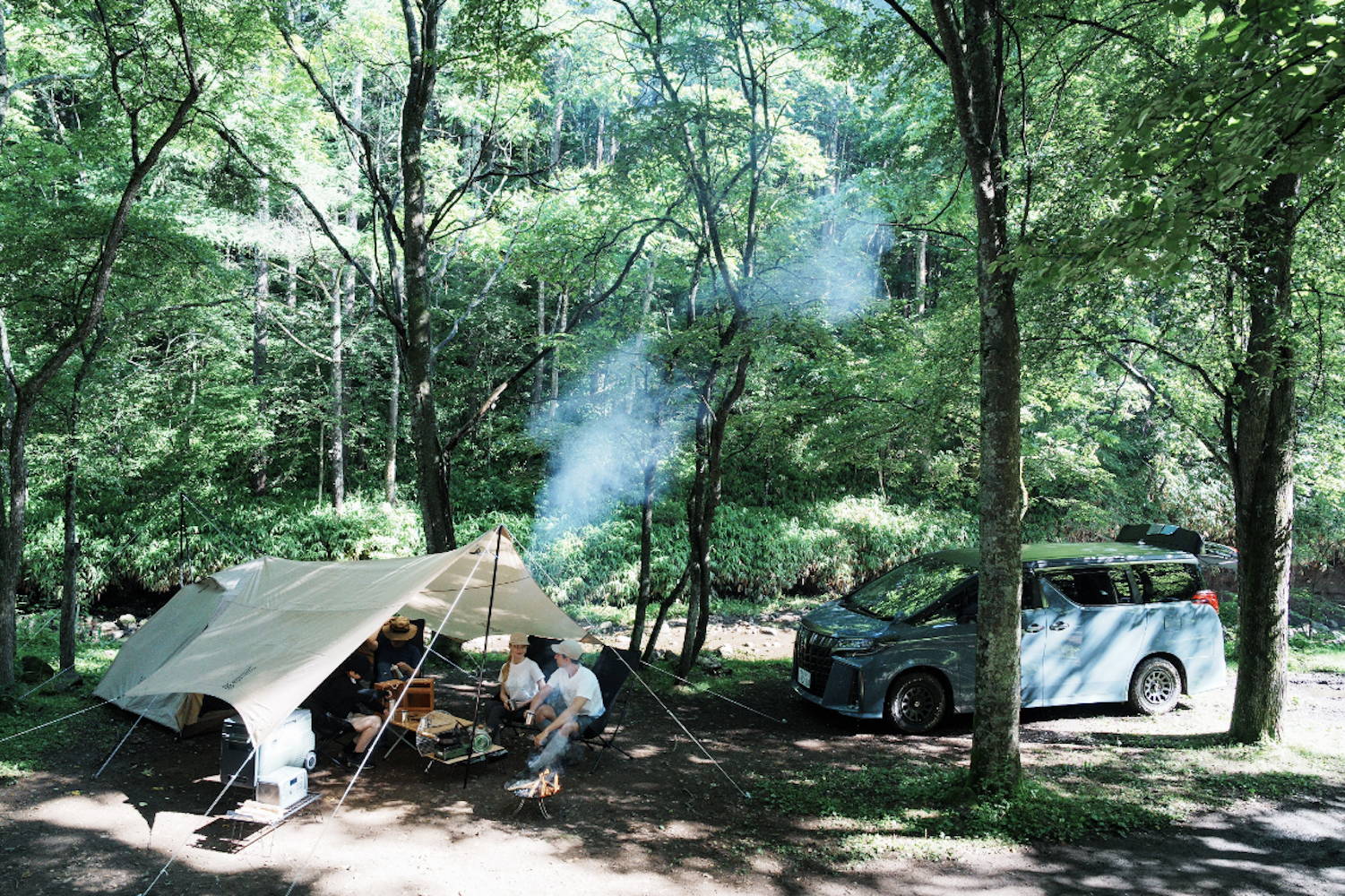
Japan's camping areas enforce strict waste separation and management protocols that reflect the country's broader environmental consciousness. Most campgrounds require detailed sorting of trash into multiple categories including burnable waste, plastic, cans, and bottles. Some facilities charge fees for waste disposal or require campers to pack out all trash.
The concept of "leave no trace" is deeply ingrained in Japanese outdoor culture, though it manifests differently than in Western contexts. Japanese campers often go beyond basic leave-no-trace principles, actively improving campsites through cleaning and minor maintenance activities.
While many popular campgrounds have English-speaking staff or multilingual signage, learning basic Japanese camping vocabulary significantly improves the experience. Essential phrases include asking about reservations (yoyaku), understanding campground rules (kisoku), and communicating about facilities (shisetsu).
Many Japanese campgrounds provide detailed rule sheets in Japanese, and having translation apps readily available helps ensure compliance with local regulations. Campground staff typically appreciate efforts to communicate in Japanese, even at basic levels.
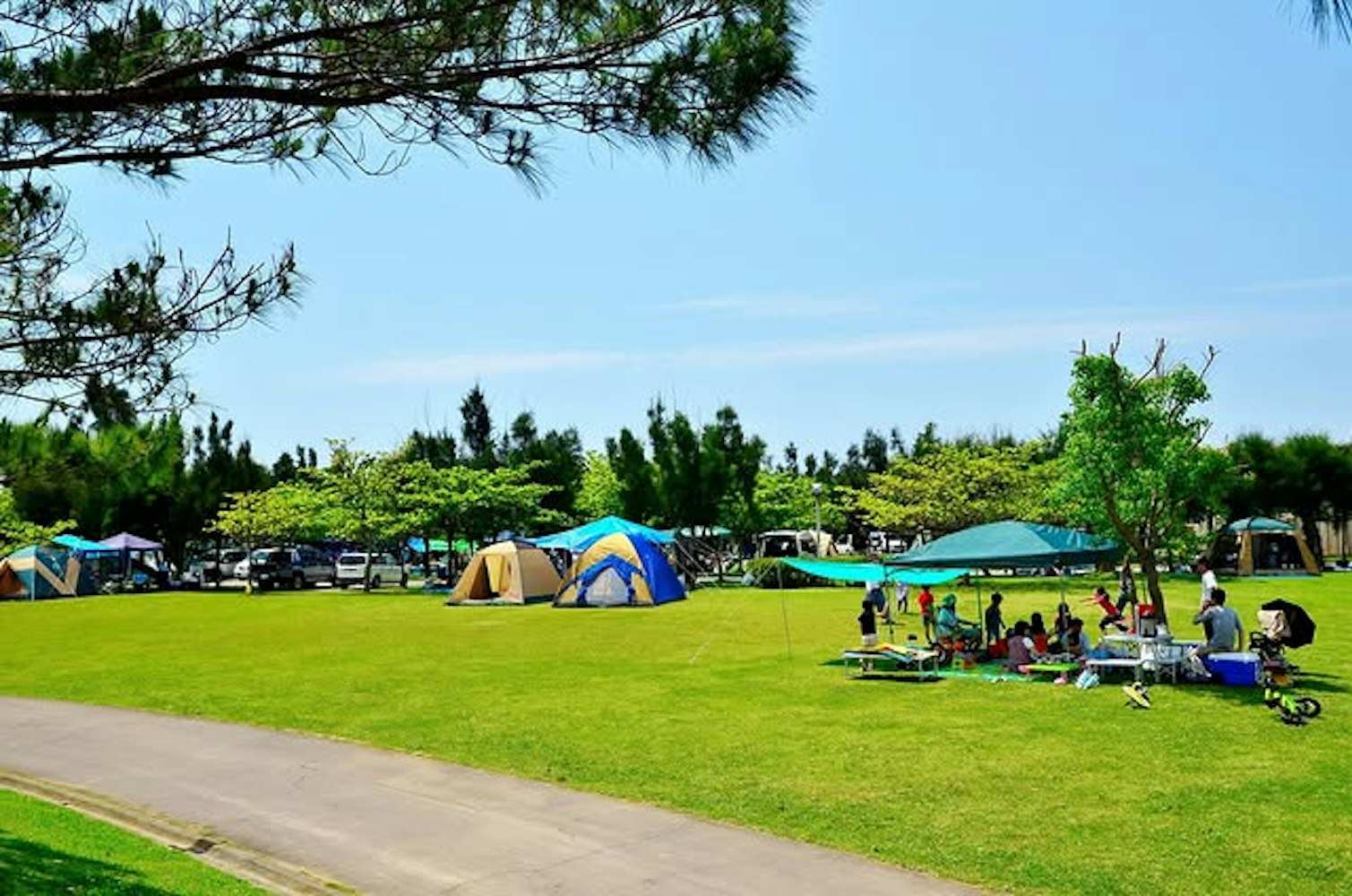
Accessing remote camping areas often requires rental cars, as public transportation to wilderness areas can be limited or require complex transfers. International driving permits are required, and rental car companies often provide camping gear rental packages that can be more convenient than transporting equipment internationally.
Major cities like Tokyo and Osaka have excellent outdoor gear retailers where international visitors can purchase or rent equipment. Stores like Mont-bell, Snow Peak, and L-Breath offer high-quality gear specifically designed for Japanese conditions, often superior to imported alternatives for local use.
Japan's distinct seasons dramatically affect camping conditions and require careful trip timing. Spring camping offers cherry blossom viewing but unpredictable weather and crowded conditions. Summer provides the most reliable weather but intense heat and humidity, particularly in lower elevations.
Fall camping delivers spectacular foliage and comfortable temperatures but requires flexibility for rapidly changing conditions. Winter camping is possible in southern regions and specialized mountain areas, but requires advanced cold-weather experience and gear.
The rainy season creates particularly challenging conditions, with weeks of continuous precipitation making camping difficult or impossible in many areas. Planning around these seasonal patterns ensures more enjoyable and safer camping experiences.
Camping in Japan offers extraordinary opportunities to experience the country's natural beauty while participating in a deeply respectful outdoor culture. Success requires understanding and embracing Japanese approaches to wilderness recreation, from meticulous planning and reservation systems to strict adherence to environmental and social protocols.
The investment in proper gear, cultural preparation, and regulatory compliance rewards campers with access to some of Asia's most spectacular outdoor experiences. From Hokkaido's wilderness expanses to Okinawa's tropical beaches, Japan's camping destinations provide unique adventures that combine natural beauty with cultural immersion.
